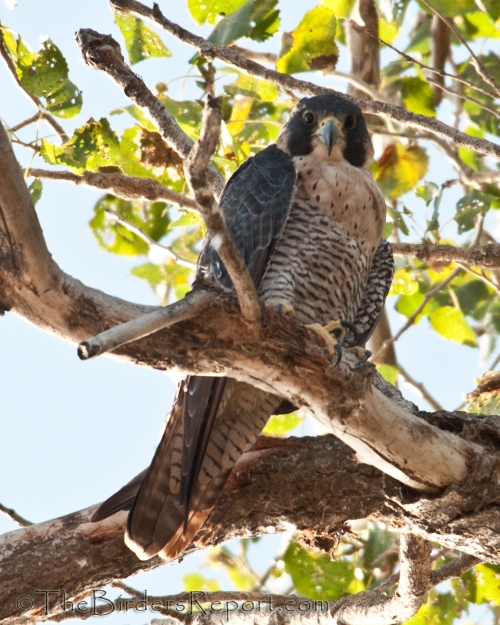 Peregrine Falcon photos by Larry Jordan
Peregrine Falcon photos by Larry Jordan
I just returned from a visit with my Mom for her 93rd birthday (Happy Birthday Mom!). Whenever I visit her, I stop at the Sacramento National Wildlife Refuge to see what kind of bird activity is going on there. This trip I was pleasantly surprised to find the Peregrine Falcon that seems to be at the refuge most of the year, as well as the resident Great Horned Owl, both there to greet me.
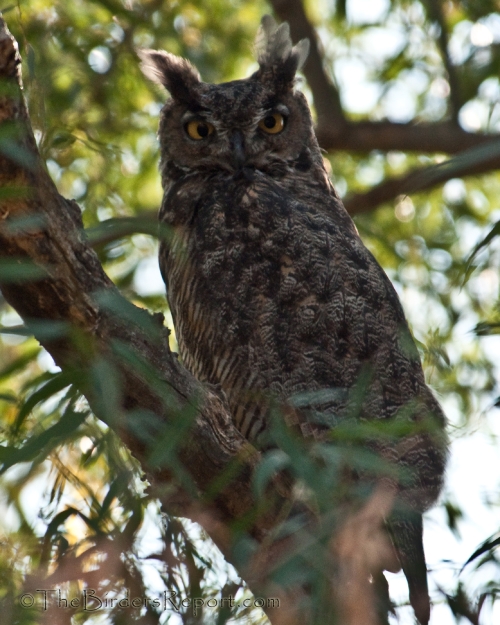
The Sacramento National Wildlife Refuge (SNWR) is designated as a Globally Important Bird Area (IBA). It is one of California’s premier waterfowl refuges, comprising 10,819 acres of seasonal marsh, permanent ponds, and uplands in the heart of the Sacramento Valley.
The refuges’ seasonal marshes are drained during late spring and summer to encourage plant growth on the moist exposed soil and then re-flooded in the fall to make seeds and plants available for wildlife. This is the season for re-flooding when the birds begin showing up in larger and larger numbers, like these Greater White-fronted Geese.
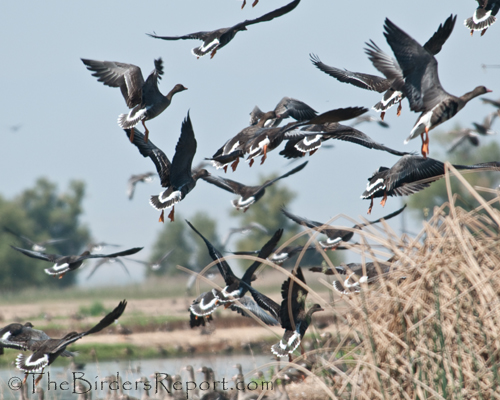
November through January hundreds of thousands of geese and ducks make their way to the Sacramento National Wildlife Refuge which is the headquarters of the 35,000 acre complex of five national wildlife refuges. Waterfowl numbers on the refuges may exceed two million by December, after the wetland areas of the Klamath Basin become frozen. This checklist of 269 species of birds that can be found on the refuge include the Killdeer which is one of the many species that breeds at the refuge.
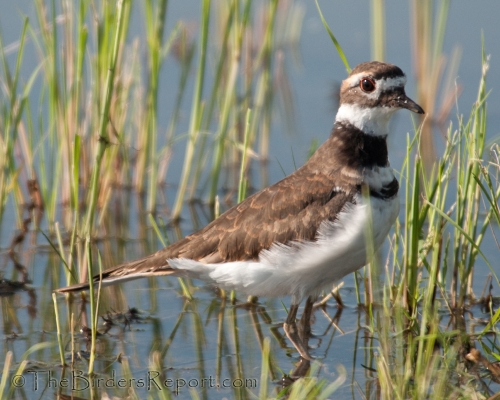
Of course the refuges also provide food and habitat for other animals as well. Even the casual observer is likely to see Jackrabbit, Cottontail, Black-tailed Deer, Raccoon, California Ground Squirrel and California Gray Squirrel just to name a few. The River Otter is always a playful and entertaining group to observe. I was able to watch this family of six as they frolicked in the water adjacent to the road on the six mile auto tour.

As you enter the Sacramento National Wildlife Refuge there is a kiosk where you can pay a paltry $3 day use fee or get an Annual Refuge Pass for the grand sum of $12 (I will tell you, you will never get this much entertainment anywhere else for this price). Continuing toward the refuge auto tour entrance you come to the visitor center which has a wildlife exhibit and bookstore. They also offer several U.S. Fish and Wildlife Service pamphlets that contain a wealth of information.
The two mile Wetlands Walking Trail begins here, where many songbirds and riparian species can be observed. This Common Yellowthroat is one of several songbirds easily identified in the area surrounding the visitor center.
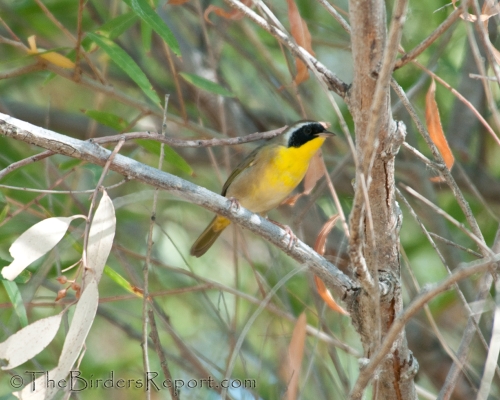
If you arrive at the refuge at sunrise, you can enjoy the walking trail and all its variety of habitat and wildlife before taking the six mile auto tour. On one visit last year we watched a Snowy Egret choke down a huge crayfish right across from the visitor center entrance!
Make sure you plan on spending some time at this great birding hot spot. If you have a scope, bring it. It will come in handy when trying to differentiate bird species among the thousands of geese, swans, ducks, waders and shorebirds that you will encounter. There is also an observation platform at the south east corner of the auto tour road where a good scope will be invaluable. Other than the walking trail and visitor center, this is one of the only places you may get out of your car and walk around.
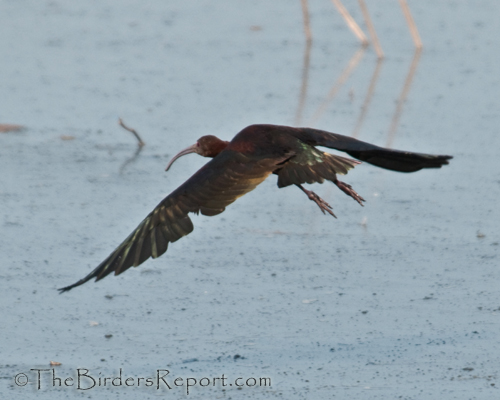 White-faced Ibis in Flight Near Observation Platform
White-faced Ibis in Flight Near Observation Platform
I was so excited to finally capture a decent shot of a Green Heron on this visit. It has been on my bird photography list for some time (right there next to the Belted Kingfisher).
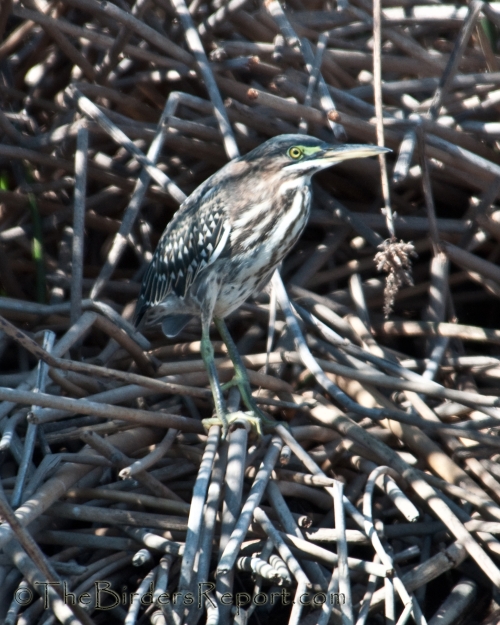 Juvenile Green Heron
Juvenile Green Heron
If you don’t know about the group of Birders Who Blog Tweet And Chirp (BwBTC), come and check it out. We are planning an outing to the Sacramento National Wildlife Refuge on Saturday November 21st. We welcome anyone interested in having a great day birding with a great group of people. Contact Dawn Fine of Dawn’s Bloggy Blog or me if you are interested. We would love to have you join us.
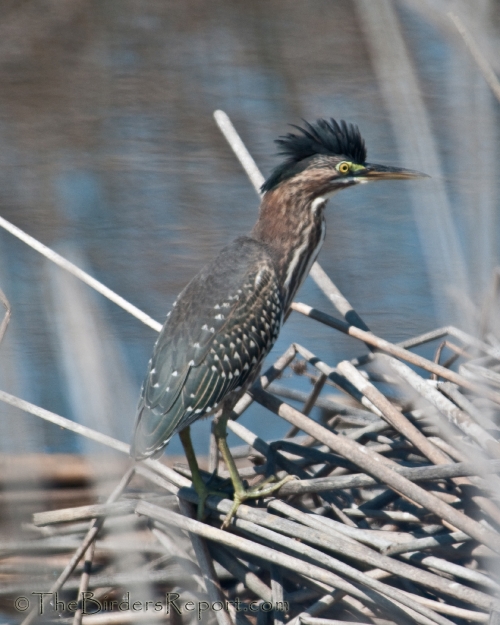
In the meantime, make sure you visit all the great birding blogs at Bird Photography Weekly and IATB #110 (coming October 1st)!
 Operation Migration was scheduled to launch today but due to several days of bad weather they will be delaying the launch. With the current forcast of 31 degrees and cloudy, the crew hopes to do some short training flights today near the Necedah National Wildlife Refuge in Necedah Wisconsin.
Operation Migration was scheduled to launch today but due to several days of bad weather they will be delaying the launch. With the current forcast of 31 degrees and cloudy, the crew hopes to do some short training flights today near the Necedah National Wildlife Refuge in Necedah Wisconsin.
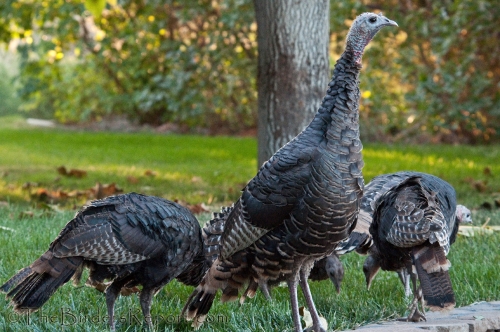
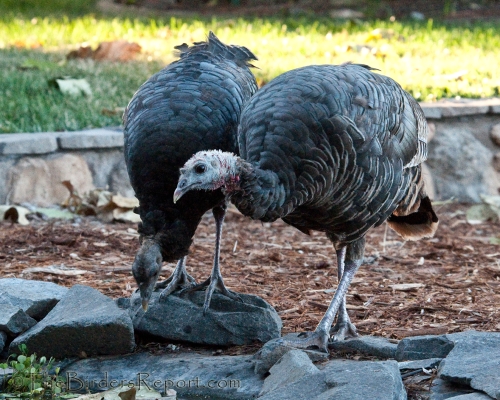
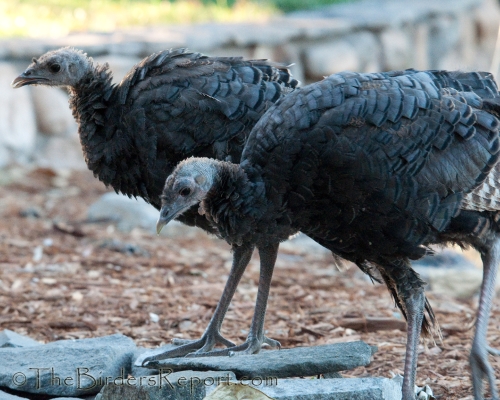
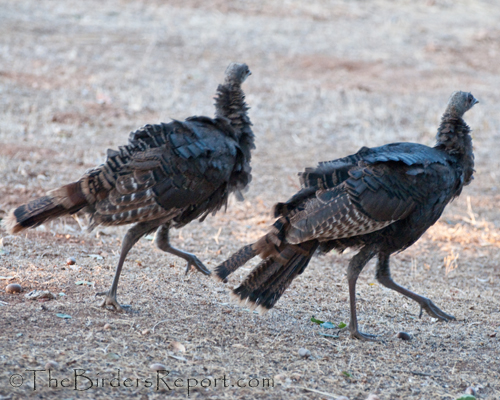
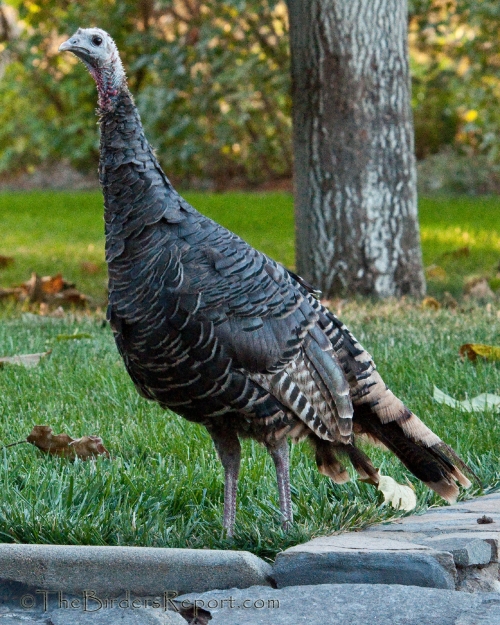
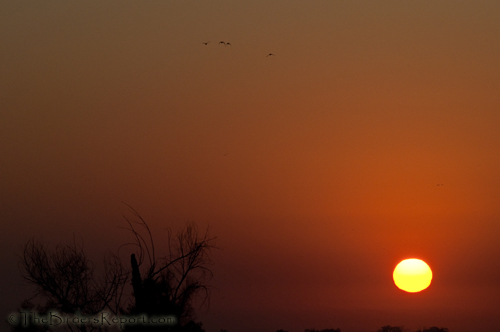 Sunrise at Sacramento National Wildlife Refuge photo by Larry Jordan
Sunrise at Sacramento National Wildlife Refuge photo by Larry Jordan





 White-faced Ibis in Flight Near Observation Platform
White-faced Ibis in Flight Near Observation Platform




Social Media Connect